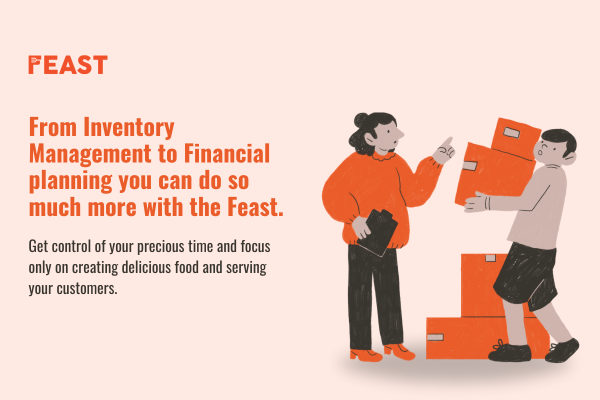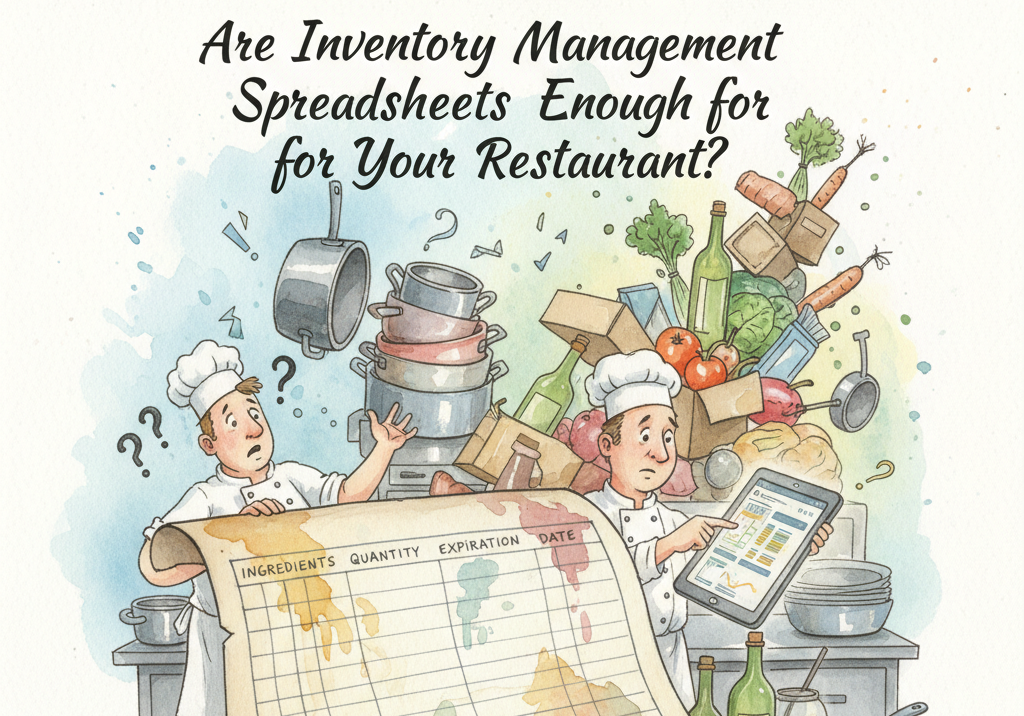If you serve food to customers, you already deal with a supply chain every single day—even if you don’t realize it. The supply chain is the journey your ingredients take before they reach your kitchen. It includes farmers, suppliers, delivery trucks, storage, and everything in between. Managing this process well can save you money, reduce waste, and keep your customers happy. But if you ignore it, you could face shortages, higher costs, and unhappy diners.
Let’s break down what supply chain management means for you, why it matters, and what happens if you don’t handle it properly.
What is Restaurant Supply Chain Management?
Supply chain management is the way you control the flow of food, drinks, and other items you need to keep your place running. It’s not just about ordering ingredients—it’s about making sure they arrive on time, in good condition, and at the right price.
The supply chain management process includes:
Sourcing – Finding reliable suppliers who give you quality products.
Ordering – Deciding how much to buy and when.
Storing – Keeping ingredients fresh until you use them.
Tracking – Knowing what you have, what’s running low, and what’s going to waste.
When you manage this well, you avoid last-minute panic orders, spoiled food, and angry customers.
Why Good Supply Chain Management Matters
You might think that as long as food arrives at your door, everything is fine. But poor supply chain management can hurt your business in many ways.
1. Wasted Food Means Wasted Money
If you order too much, the food goes bad before you use it. If you order too little, you run out of dishes and disappoint customers. In Malaysia, restaurants throw away about 15,000 tons of food every day (source: SWCorp Malaysia). That’s money straight into the trash. A good supply chain system helps you buy just what you need, reducing waste and saving you RM thousands annually.
2. Delays Can Ruin Your Reputation
Imagine telling a customer their favorite dish isn’t available because your supplier was late. If this happens often, people will stop coming back. A study by the National Restaurant Association found that 60% of customers won’t return after just one bad experience. Managing your supply chain means fewer surprises and happier diners.
3. Unpredictable Costs Hurt Your Budget
Prices of ingredients change all the time. If you don’t keep track, you might pay more than necessary. For example, during the pandemic, the cost of chicken in Malaysia rose by nearly 30% (source: Department of Statistics Malaysia). A strong supply chain strategy helps you lock in better prices and avoid sudden cost spikes.
4. Poor Quality Affects Your Food
If your supplier sends stale vegetables or low-quality meat, your dishes won’t taste good. Customers notice. Managing your supply chain means working with trusted suppliers who deliver fresh, high-quality ingredients every time.
How to Improve Your Supply Chain Management
Track Inventory Regularly
One of the simplest ways to improve supply chain management is by keeping a close eye on your inventory. When you know exactly what’s in your stock, you avoid over-ordering or running out of key ingredients. Check your stock levels daily or weekly, depending on how fast items move. Write down what you use most and what often gets wasted. This helps you order smarter and cut down on unnecessary spending. A well-managed inventory means fewer surprises and more control over your kitchen.
Build Strong Relationships with Suppliers
Your suppliers play a huge role in your supply chain. If they delay deliveries or send low-quality products, your business suffers. To prevent this, communicate clearly with them. Let them know your expectations on quality, delivery times, and pricing. The better your relationship, the more likely they’ll prioritize your orders. Some suppliers may even offer discounts for loyal customers. If possible, meet them in person or check their facilities to ensure they meet your standards.
Use Technology to Simplify Orders
EasyEat will send you alerts when supplies run low, so you never face sudden shortages. Some software, like the food market hub, also lets you compare prices from different suppliers, helping you get the best deals. By using technology, you reduce human errors and save time on manual tracking.
Plan for Emergencies
Even the best suppliers can face problems—weather delays, price hikes, or sudden shortages. To avoid disruptions, always have a backup plan. Keep contact details of alternative suppliers who can step in when needed. Stock up on non-perishable essentials when prices are low. If a key ingredient becomes too expensive or hard to find, have a substitute ready. Being prepared keeps your kitchen running smoothly, no matter what happens.
Train Your Staff on Supply Chain Basics
Your team should understand how supply chain management affects their work. Teach them how to check stock levels, spot quality issues, and report shortages early. When everyone follows the same system, mistakes decrease, and efficiency improves. Simple training sessions can make a big difference in how smoothly your supply chain operates.
Review and Adjust Regularly
Supply chain management isn’t a one-time task. Prices change, suppliers improve (or get worse), and customer demand shifts. Review your system every few months. Look at what’s working and what’s not. Adjust orders based on seasonal trends or new menu items. The more you refine your process, the better your supply chain will perform.
Small changes in how you handle supply chain management can lead to big improvements. Less waste, lower costs, and happier customers are just a few of the benefits. Start with these steps, and you’ll see the difference in how your business runs.
Frequently Asked Questions
Managing your supply chain might seem like extra work, but it pays off. When you control your ingredients and supplies, you control your business’s success. Start today, and you’ll see the difference in your kitchen—and your profits.






